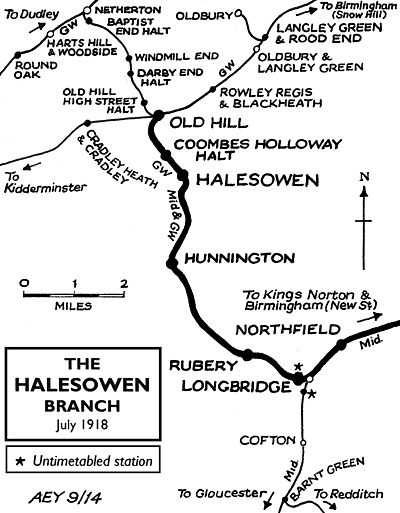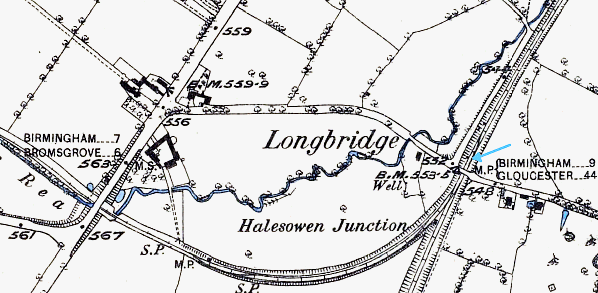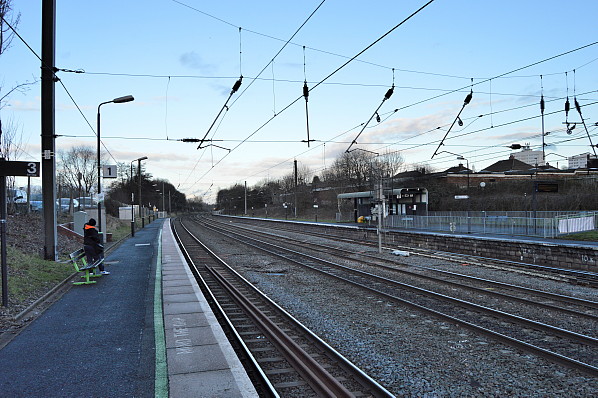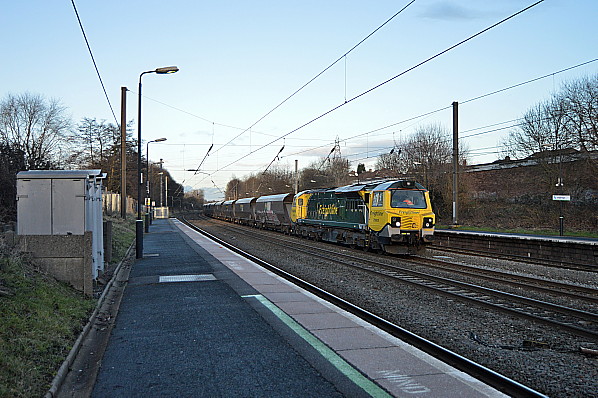|
Notes: A line from Gloucester to Birmingham was originally proposed in 1824 with Bristol-based businessmen keen to link the port of Gloucester with the ever-expanding manufacturing centre of Birmingham. The 1824 scheme soon collapsed, but by 1830 a new impetus had been found and a route was surveyed between the two cities by Isambard Kingdom Brunel. Sadly Brunel’s route via Stourbridge and Dudley was found to be too expensive, with the cost of land being cited as the main reason. Brunel left the Birmingham & Gloucester Railway (B&GR) in 1832 and it was his successor Captain William Scarth Moorsom who completed the survey of the line we know today. The B&GR obtained an Act of Parliament on 22 April 1836 to construct a line from Gloucester Docks to the Grand Junction Railway’s (GJR) terminus at Curzon Street, Birmingham. Construction was swift and it began to open, in stages, from 25 June 1840. The Crofton to Camp Hill section of line was opened on 17 December 1840 with the whole route opened on 16 August 1841. The independent company was in financial difficulties for its short life, mainly due to the construction and operational cost of the Lickey incline, near Bromsgrove. From the 1 July 1841 the line was leased by the Midland Railway (MR) and absorbed into the MR on 3 August 1846.
 The first station at Longbridge was opened by the B&GR during November 1841 and would probably have consisted of two platforms on the double-track railway. Unfortunately records do not show any detail of the station’s construction or facilities although, with Longbridge being essentially a rural area, traffic of any kind cannot have been substantial. Bradshaw of 1845 showed the service to be poor with 7.10am, 9.10am and 7.30pm departures in the Gloucester (down) direction and an even worse service in the up direction, with only 8.20am and 8.46pm departures. It is hardly surprising that the MR closed the station on 1 May 1849. The first station at Longbridge was opened by the B&GR during November 1841 and would probably have consisted of two platforms on the double-track railway. Unfortunately records do not show any detail of the station’s construction or facilities although, with Longbridge being essentially a rural area, traffic of any kind cannot have been substantial. Bradshaw of 1845 showed the service to be poor with 7.10am, 9.10am and 7.30pm departures in the Gloucester (down) direction and an even worse service in the up direction, with only 8.20am and 8.46pm departures. It is hardly surprising that the MR closed the station on 1 May 1849.
In the absence of map evidence the general consensus is that the 1st station site was where the present day Longbridge station opened on 8 May 1978. Following the construction of the Halesowen Branch the approach lines from Birmingham were quadrupled, around 1887, so any trace of the early station was swept away.
The present day station is the terminating point of roughly half of the services on the Cross City line from Lichfield to Redditch. The station has 99 departures and arrivals on weekdays, every 10 minutes, and a half-hourly service on a Sunday giving 22 departures and arrivals: a service of which users of the 1840s station could only have dreamt!
Route map by Alan Young
Sources:
- A Regional History of the Railways of Great Britain - Volume 7 The West Midlands - Rex Christiansen - David St John Thomas Publisher 1991
- Rails Across the City - John Boynton Mid England Books - ISBN 09522248-0-1
- Lost Lines Birmingham and the Black Country - Nigel Welbourn - Ian Allan Publishing 2002/2006
- Lost Railways of Birmingham & The West Midlands - Terry Moors - Countryside Books 2008
-
See also:
Longbridge 3rd
To see stations on the Halesowen branch click on the station name:
Rubery , Hunnington, Halesowen, Coombes Holloway Halt & Old Hill
|





 Home Page
Home Page  The first station at Longbridge was opened by the B&GR during November 1841 and would probably have consisted of two platforms on the double-track railway. Unfortunately records do not show any detail of the station’s construction or facilities although, with Longbridge being essentially a rural area, traffic of any kind cannot have been substantial. Bradshaw of 1845 showed the service to be poor with 7.10am, 9.10am and 7.30pm departures in the Gloucester (down) direction and an even worse service in the up direction, with only 8.20am and 8.46pm departures. It is hardly surprising that the MR closed the station on 1 May 1849.
The first station at Longbridge was opened by the B&GR during November 1841 and would probably have consisted of two platforms on the double-track railway. Unfortunately records do not show any detail of the station’s construction or facilities although, with Longbridge being essentially a rural area, traffic of any kind cannot have been substantial. Bradshaw of 1845 showed the service to be poor with 7.10am, 9.10am and 7.30pm departures in the Gloucester (down) direction and an even worse service in the up direction, with only 8.20am and 8.46pm departures. It is hardly surprising that the MR closed the station on 1 May 1849.